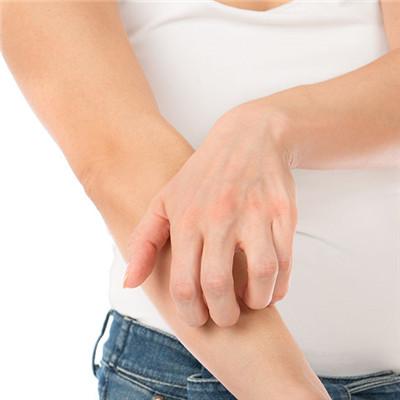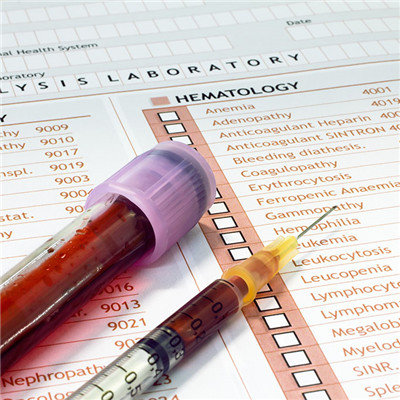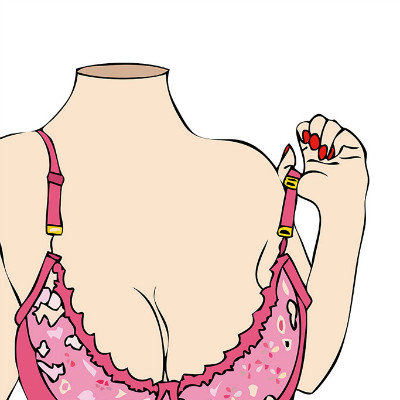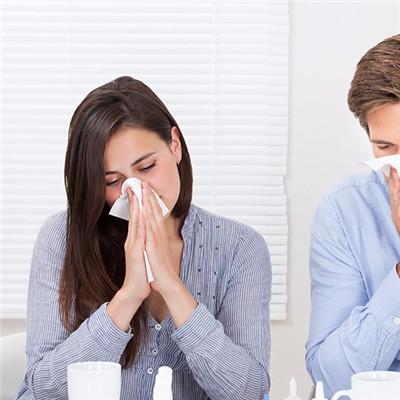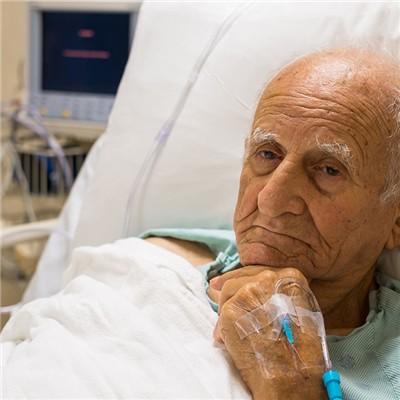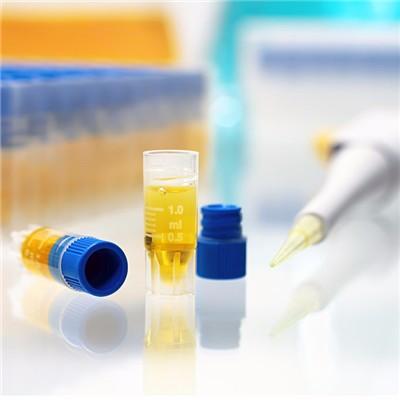Symptoms of pleurisy
summary
Pleurisy refers to the pleural inflammation caused by the stimulation of pleura by pathogenic factors (usually virus or bacteria), also known as "pleurisy". Pleural effusion (exudative pleurisy) or no fluid accumulation (dry pleurisy) may be accompanied. After the control of inflammation, the pleura can return to normal, or two layers of pleura adhere to each other. The main clinical manifestations were chest pain, cough, chest tightness, shortness of breath, and even dyspnea. Symptom picture of pleurisy? Let's talk about it
Symptoms of pleurisy
Most exudative pleurisy is acute onset. The main clinical manifestations are chest pain, cough, chest tightness, shortness of breath, and even dyspnea. When secondary infection occurs in infectious pleurisy or pleural effusion, there may be aversion to cold and fever. Patients with mild disease may have no symptoms. Pleurisy caused by different causes can be accompanied by the clinical manifestations of corresponding diseases.
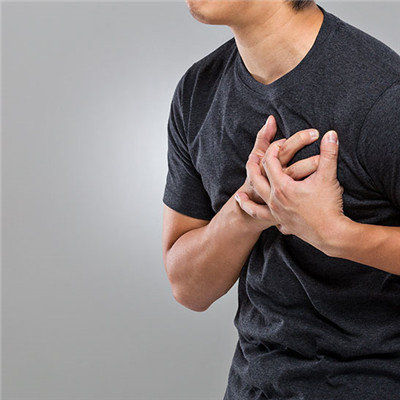
Chest pain is the most common symptom of pleurisy. It often occurs suddenly, with great difference in degree. It can be indefinite discomfort or severe tingling, or only occurs when the patient is breathing deeply or coughing. It also exists continuously and is aggravated by deep breathing or coughing. Chest pain is caused by inflammation of the parietal pleura, which occurs in the chest wall directly opposite the inflammatory site. It can also show referred pain in abdomen, neck or shoulder. Deep breathing can cause pain, shallow and fast breathing, muscle movement of the affected side is weaker than that of the opposite side. If a large amount of accumulation occurs, the two layers of pleura can be separated from each other, then the chest pain can disappear. A large amount of pleural effusion can cause unilateral or bilateral lung activity limitation and dyspnea. Physical examination can be heard and pleural friction sound.
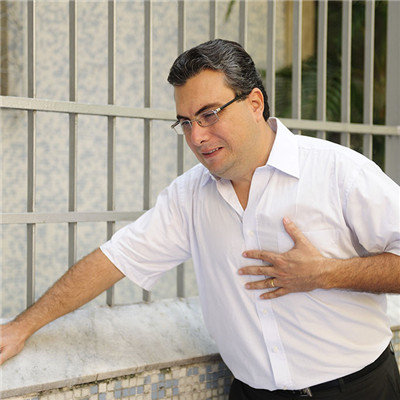
The main symptoms of tuberculosis poisoning were fever, chills, sweating, fatigue, loss of appetite and night sweating. Local symptoms include chest pain, dry cough and dyspnea. Chest pain is usually located in the front or under the back of the axillary line with the largest range of chest breathing movement, presenting sharp pain, which is aggravated with deep breathing or coughing. As the pleural effusion gradually increased, the chest pain gradually relieved or disappeared after a few days. The stimulation of pleural effusion can cause reflex dry cough, especially when the body position is rotated. When the amount of effusion is small, only chest tightness and shortness of breath, and a large amount of effusion oppresses the lung, heart and mediastinum, dyspnea may occur. The faster and more effusion is produced and accumulated, the more dyspnea is, and even sitting breathing and cyanosis may occur.
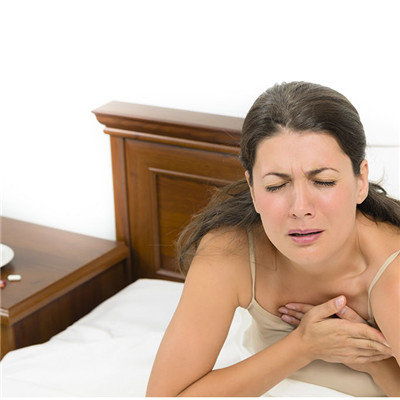
matters needing attention
Exudative pleurisy often has fever, so we should lie down and rest, and use the affected side lying position to make the healthy side lung give full play to the compensatory role. Strengthen nutrition, increase appetite, give high protein, high calorie, a variety of vitamins easy to digest diet. Patients with high fever should be given physical cooling and antipyretic agents if necessary
